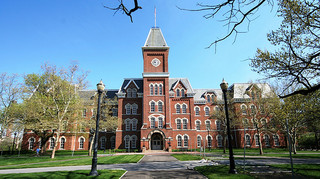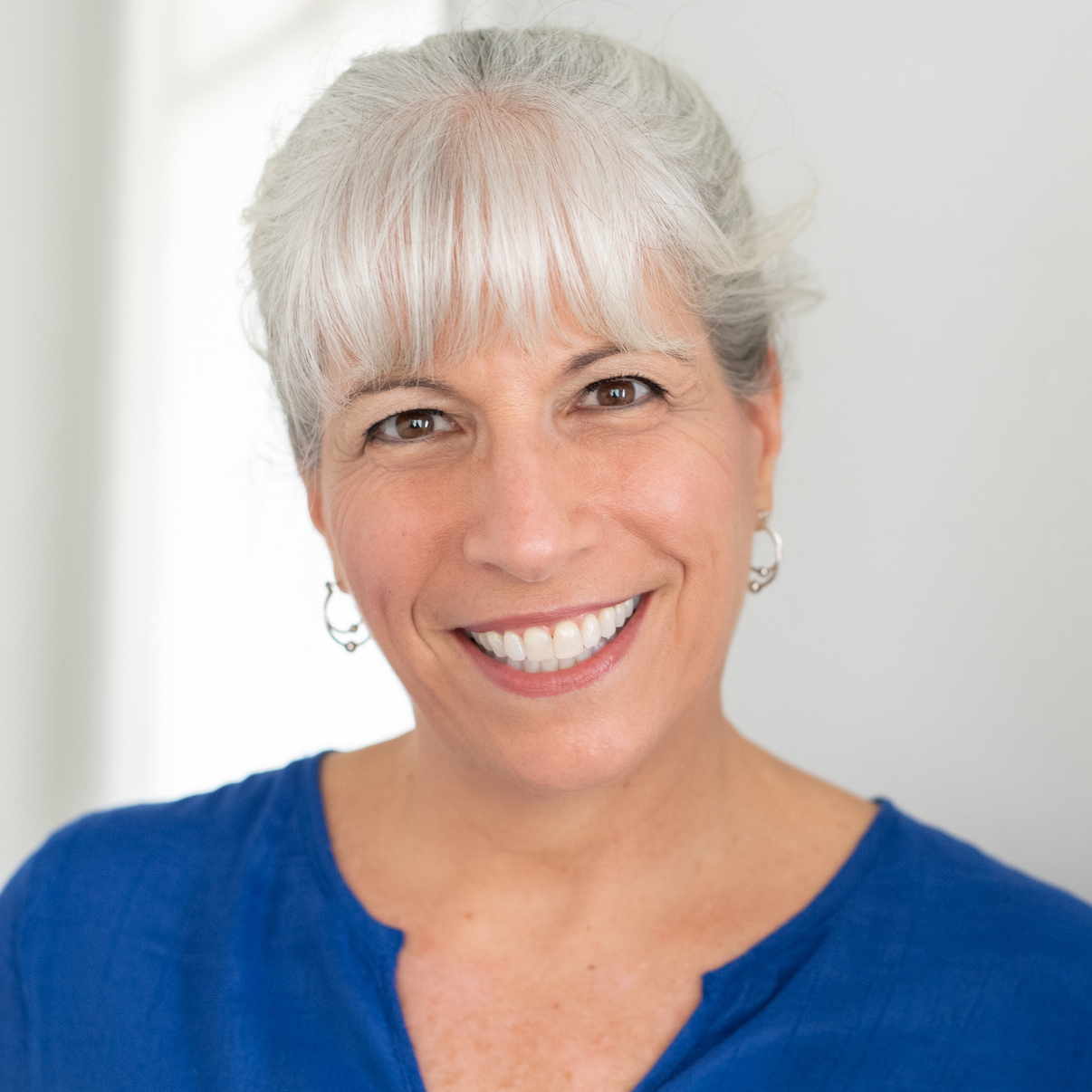Are You Kidding Me?!—Cost of a College Education, 2014-2015

You've decided to get serious about planning for your child's education. Good for you! Your first questions is: How much is this going to cost me? You've heard rumors about escalating tuition costs that are rising faster than inflation. I'm sorry to report that those rumors are true. According to http://studentaid.ed.gov, the average inflation rate for public four-year schools is expected to be 6.5% between 2000 and 2015. This compares with a general inflation rate of about 2.5%. So, what does this translate into dollars and cents? Below, I've compiled a summary of costs for the academic year 2013-2014 from various schools, which I found on their websites. They are all for undergraduates enrolled full-time, and assume the student is a resident of the state of Washington.
|
Estimated Total Expenses |
|||
|
Tuition and Fees Only |
Lives w/ Parents |
Lives Away from Home |
|
|
$ 12,394 |
$ 19,762 |
$ 27,112 |
|
|
$ 11,396 |
n/a |
$ 28,176 |
|
|
$ 4,614 |
$ 11,864 |
$ 18,414 |
|
|
$ 36,180 |
$ 43,780 |
$ 50,258 |
|
|
$ 20,918 |
n/a |
$ 39,058 |
|
|
$ 44,184 |
n/a |
$ 62,801 |
|
|
$ 26,295 |
n/a |
$ 41,766 |
|
If your child has her heart set on a particular school and you're curious about its costs, just Google "(school name) cost of attendance". As you can see, a college education is not cheap. However, there's a wide range of options for the cost of that education. Out-of-state and private schools are quite pricey, but good ol' UW isn't too painful, if your child is willing to live at home (and you're willing to have him!)![]() On the other hand, you may want to consider having your child go to a community college to earn their AA, then move on to the school of their dreams. I'm not sure who first said "knowledge is power", but they were right when it comes to college planning. Having a handle on the cost of a college education is the first step in preparing for that education. For information on how to save for college, available college loans, and grants/scholarships, please refer to my previous three-part post on "How to Pay for Junior's College". A Final Suggestion: To ease the pain of saving for college, try to start as early as possible. By that I mean, NOW! If you plan on saving a certain amount each month with the goal of a $125,000 college fund (4 years at UW, living away from home), the size of that monthly contribution varies greatly, depending on when you start.
On the other hand, you may want to consider having your child go to a community college to earn their AA, then move on to the school of their dreams. I'm not sure who first said "knowledge is power", but they were right when it comes to college planning. Having a handle on the cost of a college education is the first step in preparing for that education. For information on how to save for college, available college loans, and grants/scholarships, please refer to my previous three-part post on "How to Pay for Junior's College". A Final Suggestion: To ease the pain of saving for college, try to start as early as possible. By that I mean, NOW! If you plan on saving a certain amount each month with the goal of a $125,000 college fund (4 years at UW, living away from home), the size of that monthly contribution varies greatly, depending on when you start.
|
# of years |
# of months |
monthly contribution |
|
5 |
60 |
$ 2,083 |
|
10 |
120 |
$ 1,042 |
|
15 |
180 |
$ 694 |
|
20 |
240 |
$ 521 |
If you invest that savings, instead of just placing it in a non-interest earning account (as I assumed in the chart above) the benefits of starting early are magnified even more. So, just like in Chicago residents are urged to vote "early and often", my advice to you when it comes to saving for college is to save "early and as much as you can".





